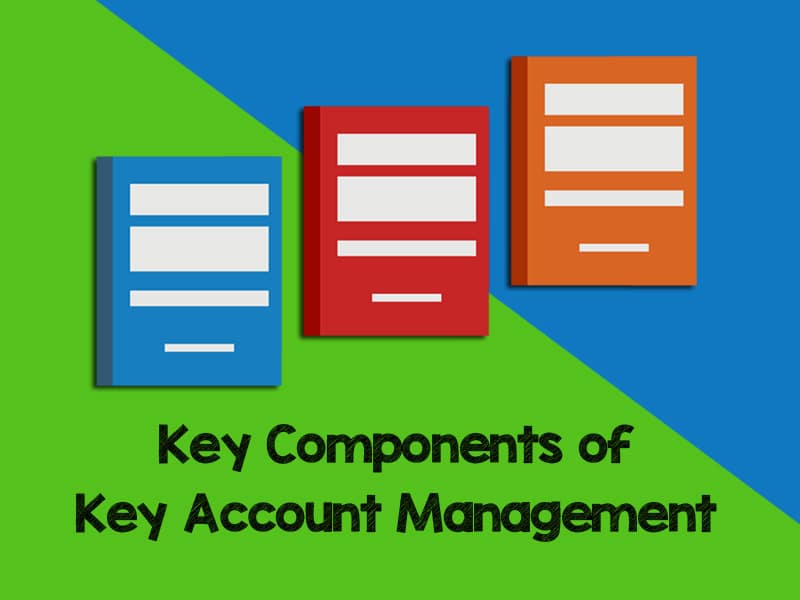
If you want to build, sustain, and even expand relationships with your most valuable retailers, having a strong key account management (KAM) team is the way to go. You will naturally have a business roadmap. But nurturing long-term, strong, and beneficial relationships with retailers is important on several fronts. The retailer gains from your extra attention and value offering, and they help you understand their:
- Consumers
- Goals
- Expectations
Ignoring key accounts these days is like refusing to use a dog leash and then wondering why your prize-winning pet runs off course. You can’t afford to let your best retailers run loose! So managing them makes sense.
So let’s look more closely at some aspects of KAM including KAM strategy and KAM process.
The first thing is to check you still have your focus on the right small group of retailers. Times do change! Their finances change. Your priorities change. Your available resources change. So review your data periodically.
Check Your Key Accounts Are Still Key
The best criteria for checking KAM selection is to re-consider two specifics:
- Value creation. Is there still something that both you and a key account feel captures the true value of the relationship and will maintain their loyalty long term? Have they been responding as you’ve built on that value-offer? This is a long-term journey!
- Growth opportunities. Are there still opportunities in a particular retailer’s business that will increase your revenue and margin down the road? More opportunities for contacts with them, more departments to involve, more offers they will likely take up etc?
Having checked the validity of key accounts, you can review key components of your key account management to ensure you succeed with your plans.
3 Key Components of Key Account Management
1 Understanding your Retailer
A successful KAM strategy depends on knowing your retailer. You must continue to research and understand your key retailer’s
- business
- consumer
- goals
- values
- culture
- structure
- financial situation
Action:
Your key account manager for this retailer should keep an eye on how they fit into your overall business goals. At the same time, they’ll consider creative ways to engage with them as a trusted partner, creating value for that retailer. Maybe attending conferences, trade shows, etc. to keep in touch. Understanding is not a once and done!
2 Maintaining the Momentum
You must stay on top of your performance with any key retailer. Remember the dog leash! Maintaining the momentum depends on data analytics.
Action:
Have KPIs that measure their engagement with you against what both you and they want from each other (you can’t afford to waste resources). And make sure your CRM contains all the information necessary on every aspect of their customer journey. This way, you can measure the financial benefit they bring you against the increased resources you spend on them.
3 Developing the Relationship
The journey does not end once you implement a strategy. You need to look for opportunities to continuously improve and develop your custom management process for a key account.
Action:
Set up some short, medium and long-term goals, and a strategy to get there! In addition, have a key account management support team with specific tasks for this retailer. High-value accounts take a lot of looking after!
Ready to Gain Ground in Key Account Management?
At Momentum CPG, we’re committed to helping you overcome any barriers to implementing a successful KAM strategy and achieving new sales growth with your key accounts. Connect with us today and let us help you get there faster!